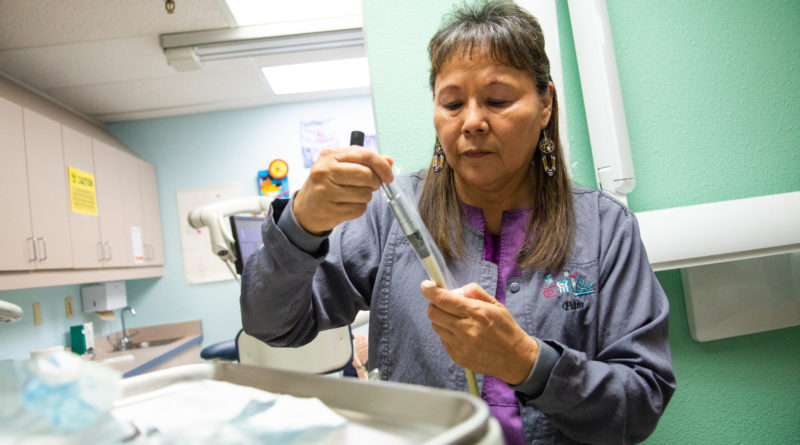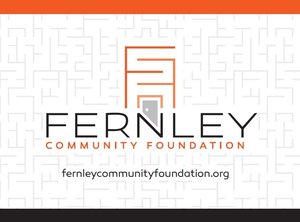Tribal, rural communities face off against dentists in debate over creating mid-level dental provider
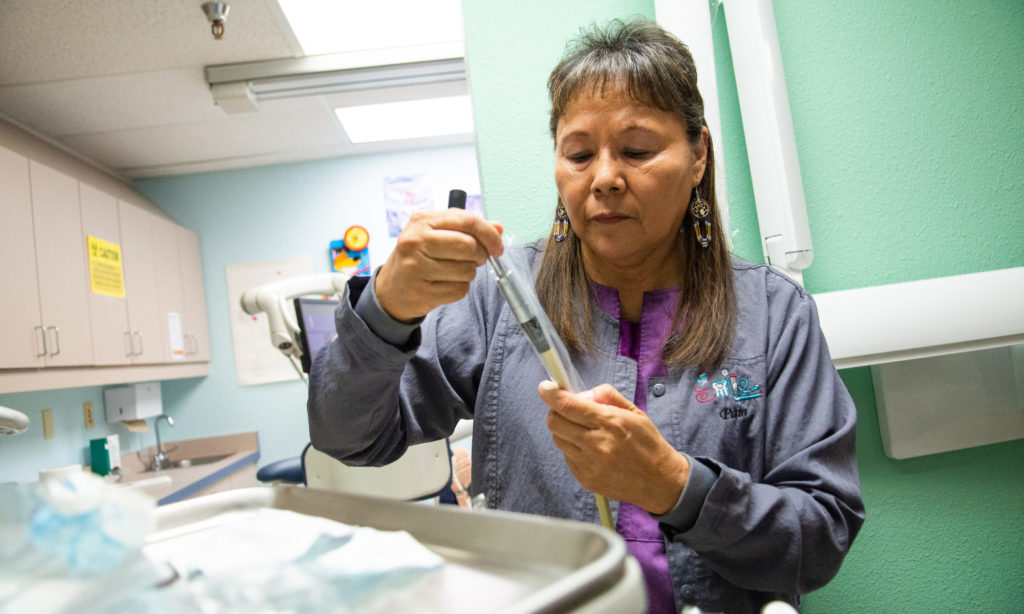
(David Calvert/The Nevada Independent)
By Megan Messerly
https://thenevadaindependent.com
Growing up, Dawna Brown watched her grandmother eat everything: Antelope, deer brains, fish eyes, the meat of the cui-ui fish after painstakingly picking out hundreds of bones.
As a kid, she was “grossed out” by her grandmother’s “beginning to end, tail to head” eating habits, she said. But now, Brown, many years later the health director of the Pyramid Lake Tribal Health Clinic, thinks her grandmother, who lived to be 101, was onto something.
“Because we have the lake, we were able to sustain ourselves with the fish and, out at the north end of the lake, we have a lot of deer and some antelope — actually they follow the river through here — and we have the rabbits and we have just the vegetables up here,” Brown said. “People used to eat really healthy and good, like, they’re eating the meat you’ve got running around out there one day, and it’s on the table the next day.”
That shift in eating habits hasn’t just happened at Pyramid Lake, but also in tribal communities generally. Driven in part by federal government policies that cut tribes off from traditional food sources, that change in diet has contributed to poor dental health in tribal communities, with American Indian and Alaska Native children having on average four times more oral diseases than white children.
The Pyramid Lake Paiute Tribe is backing a bill this legislative session it says will significantly expand its ability to provide dental services, not just to members of the tribe but to those who travel from as far away as Fort McDermitt and Yomba for treatment.
It’s not just the tribes that could benefit, either. Proponents say that the bill stands to make inroads in meeting the need for dental treatment in both rural Nevada and low-income portions of the urban communities, too.
The legislation, proposed by Democratic state Sen. Julia Ratti on behalf of the Nevada Dental Hygienists Association, would create a new mid-level provider for dentistry much in the way that the medical field has physician assistants, advanced practice registered nurses and nurse practitioners. The mid-level dental providers, known as dental therapists, would be able to perform a number of routine procedures, including extracting loose teeth, filling cavities and applying sealants.
The bill was presented in the Senate Finance Committee on Friday to address a $37,250 fiscal note from the state Medicaid division needed to create the new provider type. Sarah Adler, a lobbyist for the Pyramid Lake Paiute Tribe, promised that the relatively small cost would be “repaid to Nevada many times over in reduction in uncompensated care and emergency department visits” because of untreated dental conditions.
But dentists, who by and large oppose the bill, argue that the routine procedures dental therapists would be allowed to provide could have harrowing complications, and that dental therapists would be ill-equipped to respond to them even with the additional training they would be required to go through to secure the designation. Dentists also dispute whether there’s a need for additional dental providers and, if there is, they wonder why more isn’t being done to encourage dentists to practice in underserved communities.
It’s a debate that stands in stark contrast to the conversation happening in Nevada’s medical community over expanding access to care, with widespread agreement that there is a provider shortage and the role mid-level practitioners play as a panacea. But dentists say that, unlike mid-level medical providers, dental therapists would be allowed to perform procedures that are invasive and irreversible.
“I really feel that I had just enough training by finishing dental school to get out there — and even then it’s scary — but to not feel dangerous. All through dental school they’re constantly pointing out here’s what can go wrong, here’s what you have to watch out for,” said Dr. Ingrid Lubbers, a retired Reno dentist. “In my mind, the two primary services they’d be offering with the extractions and fillings are the two scariest procedures for a dentist to do.”
Proponents, however, are still optimistic that the dentists will eventually come around to the idea of dental therapists, in much the same way doctors have adjusted to the expanded responsibilities mid-level medical providers have been allowed to undertake in recent years.
“At the very beginning, when these new provider types and levels are introduced, there’s a lot of questions, and there should be, right? We want to make sure that people are getting not just access to care but that the care that they are getting is safe and appropriate,” Ratti said. “I suspect that, over time, you’ll see a greater acceptance of dental therapists as well.”
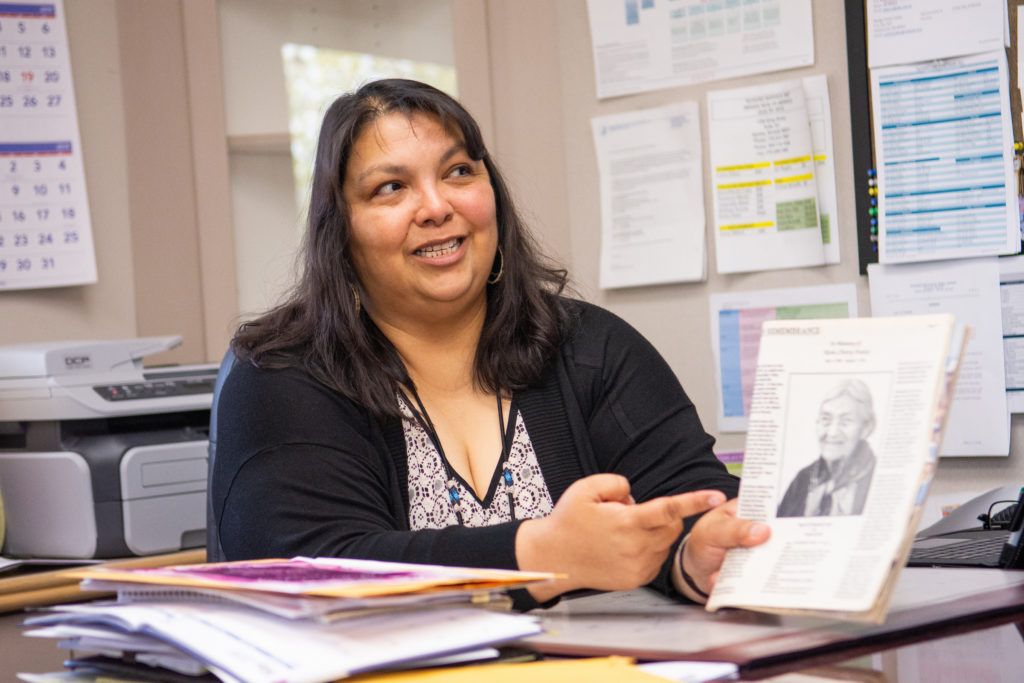
(David Calvert/The Nevada Independent)
The need for expanded dental care
The divide in the debate over dental therapists begins with whether there’s a need for them at all.
Talk to dentists, and many of them are confident that the need for dental care in the state is being met. The American Dental Association’s 2018 rankings show that Nevada is 25th in the nation for dentists per capita, a far better showing than the state’s typical bottom-of-the-list performance for medical and mental health providers. The association’s data also shows that 96 percent of publicly insured children live within 15 minutes of a Medicaid dentist and 83 percent of the state’s population live in areas where there is at least one dentist per 5,000 people within a 15-minute travel time.
“I think with any situation we’re kind of looking at what is the problem, and that has been the difficult part throughout all of this,” said Dr. Erin Anderson, a dentist in Reno. “It hasn’t been for a lack of providers.”
Another dentist, Dr. Mark Funke, believes to the extent to which there is an issue with access to dental care, it’s more an issue of education than it is a shortage of dentists.
“Thirty-seven percent of all adults in the nation seek dental care. Only 37 percent,” said Funke, who is also vice president of the Nevada Dental Association. “So you need to define what the definition of access to care is. Is it because somebody can’t get to a dentist, can’t afford a dentist, or they don’t value and understand the importance? You can have all these programs, but if people don’t choose to go, you can’t force them to go.”
Talk to the proponents, and they’ll tell an entirely different story. For one, Nevada’s 54.71 dentists per 100,000 residents falls short of the national average of 60.97 dentists per 100,000 people, according to the dental association’s statistics.
On top of that, more than 900,000 Nevadans, including roughly 140,000 rural residents and 780,000 urban residents, lived in a dental health professional shortage area in 2017, according to a report from the University of Nevada, Reno School of Medicine. The report found that while dental workforce shortages are “less severe” than primary care and mental health shortages, nearly 32 percent of the state’s population resides in a dental health shortage area, and eight out of 14 of the state’s rural and frontier counties are entire-county dental health shortage areas.
Shaun Griffin, co-founder of the nonprofit, Community Chest, based in Virginia City, described access to dental care in rural Nevada, particularly in central Nevada, as “so scarce that it’s almost not there.” Rural communities have had to lean heavily on charity dental vans rolling through town to provide care to some of their most vulnerable residents, he said.
“My experience at the van events were just devastating. I had adults weeping, praying, pleading for care because they couldn’t get it anywhere else,” Griffin said. “Grown men and women absolutely on their knees, praying that they would get selected for dental care.”
Healthy Communities Coalition, another nonprofit serving Lyon and Storey counties, got involved in oral health care advocacy nearly a decade ago when it came to light that the group’s volunteers were “literally pulling their own teeth in their garage because they couldn’t get to a dentist or afford it,” said Wendy Madson, the coalition’s executive director. But she said the dental vans have only been a “Band-Aid” fix.
“It’s getting help to people, but we still fit in the same scenario,” Madson said. “We have not enough providers.”
It’s an issue the tribal communities feel acutely, too, in part because of the remoteness of many of the reservations.
“The ability to attract and even hire a dentist out in those areas is extremely difficult,” said Alan Mandell, vice chairman of the Pyramid Lake Paiute Tribe. “At Pyramid Lake, we’re 60 miles outside of Reno, and it’s hard to find sometimes a provider to come out here even though we’re relatively close to a larger community.”
Pyramid Lake’s health clinic boasts one of the more robust tribal dental programs with one dentist, one dental hygienist and a couple of dental assistants, and though other tribes offer their own dental services, patients will still come to Pyramid Lake for more complex procedures. Patients from the Fort McDermitt Paiute and Shoshone Tribe, for instance, have come down for dentures and tooth extractions.
“That’s the one thing about the tribes around here is they don’t hesitate — that’s four hours away — they don’t hesitate to drive that far to come to a service,” Brown said. “Coming from McDermitt, they’re going to bypass Winnemucca, Fallon, Lovelock, other places that probably do have a dentist or private practice dentist, but they’re going to come to our place here, and that kind of tells us a lot that they will go that far.”
Griffin has also seen access issues in urban Nevada through serving on the board of directors for Community Health Alliance, a federally qualified health center.
“We see the dental need in the two urban areas as extreme as it is anyplace else. We’re overwhelmed with need at those facilities,” Griffin said.”We’ve had to limit our shop in Northern Nevada to children primarily because that’s where we get the most bang for our buck. That’s the reality we’re living with.”
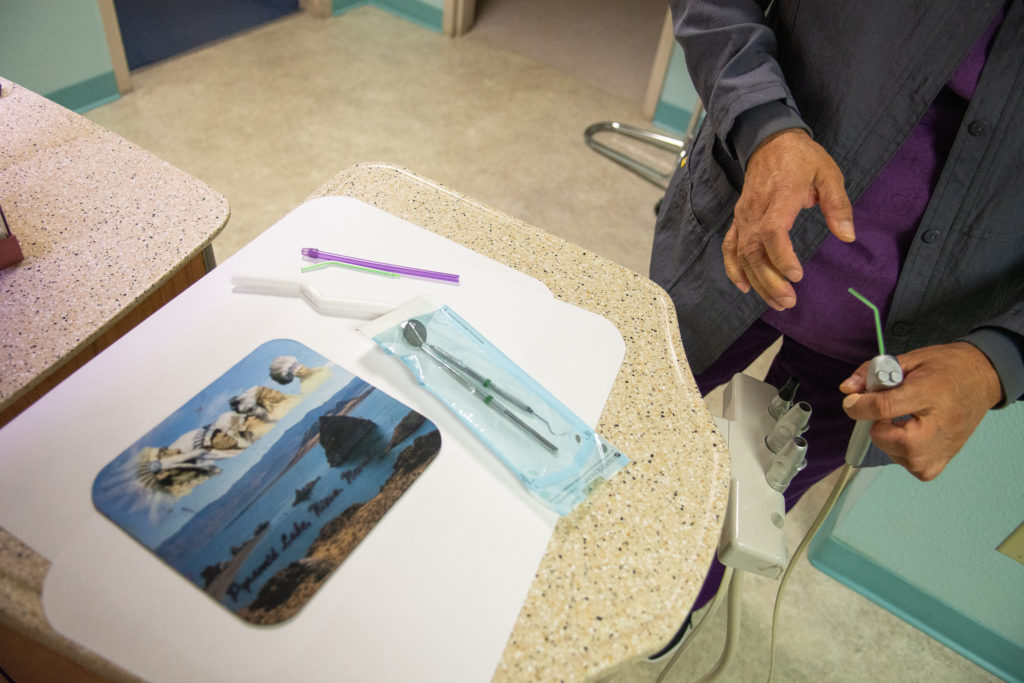
(David Calvert/The Nevada Independent)
The dental therapy model
Enter dental therapists. Since 2004, dental therapists have been practicing in Alaska as part of the state’s tribal health system, working under the supervision of a dentist and providing fillings and performing simple tooth extractions. A 2017 study funded by the Pew Charitable Trusts found that children and adults had lower rates of tooth extractions and higher rates of preventative care in Alaska Native communities frequently visited by dental therapists compared to those that weren’t.
In 2009, Minnesota became the first state to implement a broad-based dental therapy program, authorizing the practice of dental therapists statewide. Though there are only a small number of dental therapists actively practicing in the state because of the amount of time it took to get training programs up and running, Minnesota has already seen reductions in wait times to get a dental appointment, specifically in rural areas.
Other states have opted to go down a middle path by allowing dental therapists to practice in a limited capacity, including within tribal health centers, nonprofit dental practices and federally qualified health centers. Arizona Gov. Doug Ducey signed into law such a proposal last year, and New Mexico became the 10th state to embrace dental therapists earlier this year.
Nevada stands to become the 11th, should lawmakers pass SB366 this session. Like the Minnesota proposal, the legislation would allow dental therapists to practice anywhere in the state, but under a collaborative practice agreement with a dentist, who would be allowed to supervise up to four dental therapists.
In order to become a dental therapist, dental hygienists would be required to complete a two-year dental therapy training program and complete a certain number of hours of clinical practice under the direct supervision of and within the line of sight of a dentist before they can practice on their own but still within a collaborative practice agreement. Dental therapists licensed in other states would need 500 hours of practice under the direct supervision of a dentist; dental hygienists who have practiced for five or more years would need 1,000 hours, and anyone else would need 1,500 hours.
But dentists worry that the additional training won’t be enough to prepare dental therapists for some of the complications that can arise in the practice of general dentistry. Lubbers, the retired dentist, noted that a simple loose tooth extraction could expose the sinus cavity and require surgery, or a cavity that appears shallow on an X-ray could be deeper than anticipated and run close to a nerve, posing complications.
“The amount of training they’re talking about sounds like less than a third of what a dentist would get,” Lubbers said. “Just the fact that you don’t always see what’s coming your way — even with the best diagnosis — there are things you cannot know until you get in there, and then it’s too late.”
It would help, she said, if the dentist with whom the dental therapist has a collaborative practice agreement was required to be in the building at the time of the procedures.
“That would be the only way that I could see that that might be workable if the dentist is on site right there and available to jump in if the person ran into the nerve or if they needed surgery to close a sinus exposure when you’re doing a loose tooth extraction,” Lubbers said.
But other dentists, like Funke, still see complications with that scenario. He noted that a dentist could be dealing with an emergency with a patient and then be called to deal with up to four other dental emergencies from the four dental therapists they are overseeing, should the problems arise at the same time.
“That dentist could be right in the middle of a procedure themselves, and, if something happens and you’ve got this emergency, where are you going? Who are you turning to?” Funke said.
Proponents have generally pushed back on these concerns by noting that dentists would be able to limit the scope of practice of the dental therapists with which they work to their comfort level through the collaborative practice agreement they establish.
Ratti also noted that the current version of the bill was designed to take some of those concerns into mind. An earlier version of the legislation would have allowed dental therapists to operate in federally qualified health centers, tribal health clinics and anywhere in a dental provider health shortage area without a collaborative practice agreement and also would have authorized the use of teledentistry.
“If they do not feel like the dental therapist that is under their supervision is ready to do some of the things that are — even if it’s in the scope of a dental therapist — a dentist will be able to constrain that,” Ratti said. “We put everything in the bill that the dentists were asking for that they felt would be issues of patient safety.”
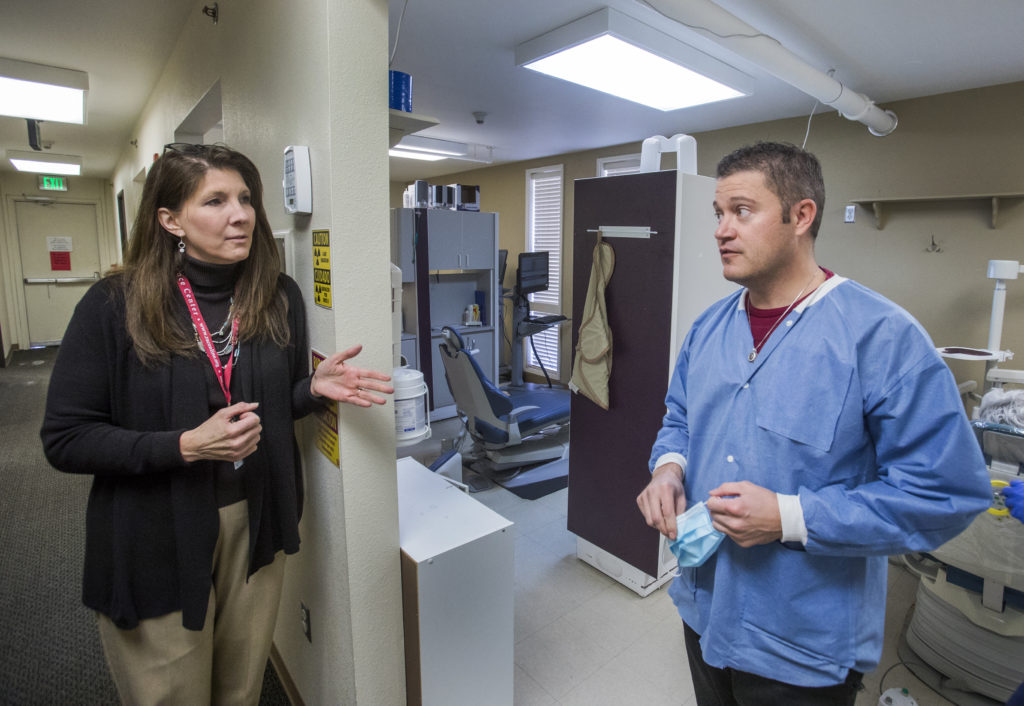
(Jeff Scheid/The Nevada Independent)
Concerns and challenges
Besides the geographic challenges, proponents are also trying to tackle the financial barrier to accessing dental care. The idea is that dental therapists would charge less than a dentist for similar services, thereby reducing one of the primary barriers to accessing care for the uninsured and adults on Medicaid. (In Nevada, Medicaid only covers dental prevention and treatment up to the age of 21; anyone older than that is covered only for emergency dental examinations and extractions.)
But skeptics wonder whether the legislation will actually reduce the costs for patients when there are some financial aspects, such as the costs of lab fees, that are outside the dental provider’s control.
“Those lab fees, they’re high,” Anderson said. “Our labs in town do a lot of free dental work. There’s a lot of free dental services in Reno and Sparks, but they’re not able to reduce their fees that much either.”
Opponents also have raised concerns that dental therapists could contribute to the increasing corporatization of dental care by allowing large dental practices to lean increasingly on lower-cost dental therapists instead of dentists to meet their bottom line. But supporters see it as more an issue of division of labor, allowing the dental therapists to take care of generally more routine work and freeing up the dentists for the more complicated procedures.
Plus, Ratti believes the corporatization of medical and dental care is likely to continue whether or not the legislation passes.
“That trend is already well underway and I do think, and I’ll speak for myself, I choose to go to a small local dental practice … I’ve been cared for by the mom, the dad, and now the daughter and I choose to do that,” Ratti said. “But I’m concerned about the folks that I represent who, because of their financial situation, do not have a lot of choices.’”
But the bottom line always comes down to the issue of need. Dentists argue that there is no guarantee that dental therapists will actually end up in underserved communities and are more likely to practice in urban communities where they can charge higher rates.
“Even with this access to care issue, they want to try to get people to those rural areas of the areas that are underserved,” Funke said. “If there’s already a difficulty with not having a dentist in that area, how are you going to get a dentist and a dental therapist in that area?”
For her part, Ratti said that she doesn’t want to limit where dental therapists can practice, as other states have — one, because so much of the state is underserved, and two, because she’s concerned about having a critical mass of would-be dental providers to make it worth it to establish a dental therapy school. She said there may be more the state can do to incentive practicing in these areas, but she is also optimistic about the altruism of the future dental therapists.
“But we have wonderful teachers now who choose to teach in Title I schools. We have wonderful social workers now who choose to work with the most challenging clientele. There are people who are motivated by making the world a better place and by helping the most vulnerable individuals,” Ratti said. “We have community health nurses now. They could go be a community health nurse anywhere, right? They’re qualified to be anywhere, but they still choose to go into rural settings or low-income settings.”
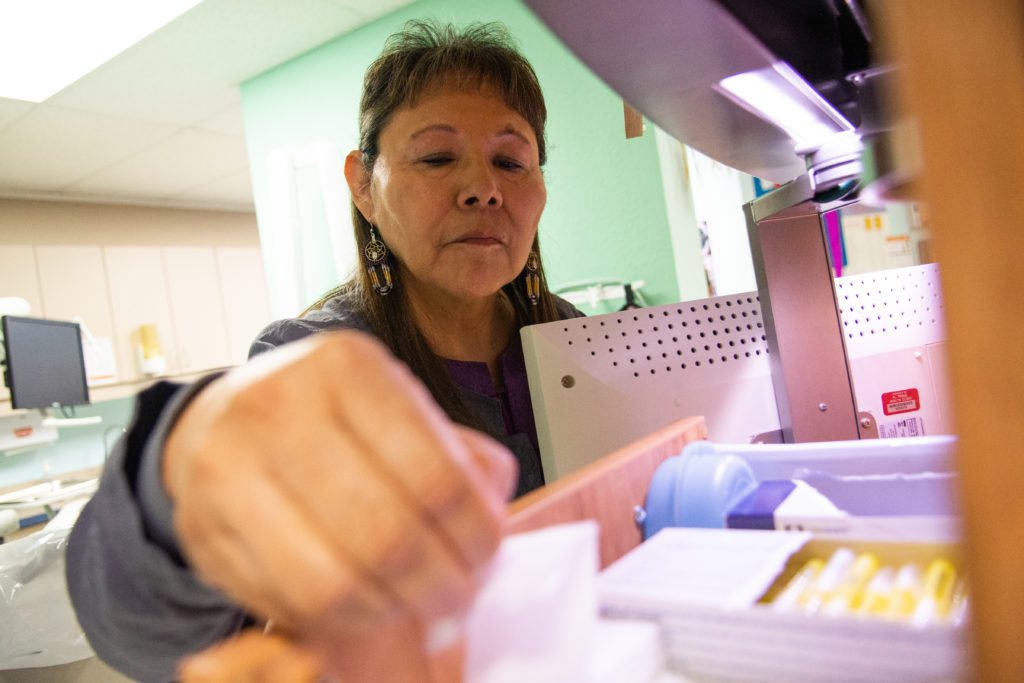
(David Calvert/The Nevada Independent)
Looking forward
Dentists, though still unsure about the need, believe that there are other solutions lawmakers could look to should they believe there is a dental workforce shortage in underserved areas. Suggestions they have voiced include establishing a program to allow fourth-year dental students to do rotations in tribal and rural communities and implementing a loan forgiveness program to incentivize young dentists to practice in underserved communities.
“You look at the workforce, we have a dental school with graduates trained and qualified and we’re graduating with almost a half million dollars in debt,” Anderson said. “Why aren’t we trying to reduce their debt loads to go throughout the state?”
For Funke, a primary concern is emphasizing oral health education generally. He said that he would like to see oral health education play a bigger role in classroom curriculum for students.
“I have endless patients, they have dental insurance that is provided by their employer. They don’t pay a penny to have that insurance. Do they use it? No. It’s not a value to them,” Funke said. “It’s a difficult thing trying to change a mindset.”
But he acknowledges that there’s an individual component to ensuring that people are taking care of their own oral health.
“People need to take personal responsibility as well,” Funke said. “They need to want to brush and floss daily, too.”
For Ratti, it’s a “yes, and” situation. In her mind, the first step is establishing a mid-level provider type, followed by expanding Medicaid services, considering loan forgiveness programs, and studying why some employers may choose not to offer dental coverage.
“Even when this bill passes — when and if this bill passes at the end of this session — we’re not going to have a school in Nevada that trains dental therapists, we aren’t going to have the established career ladder that we’ve worked so hard on,” Ratti said. “We’re just at the very first step of creating that on the dental side … this is laying the groundwork for the first step that needs to be taken on the increasing the number of providers side, and then I 100 percent agree that we should be looking at all the others as well.”

